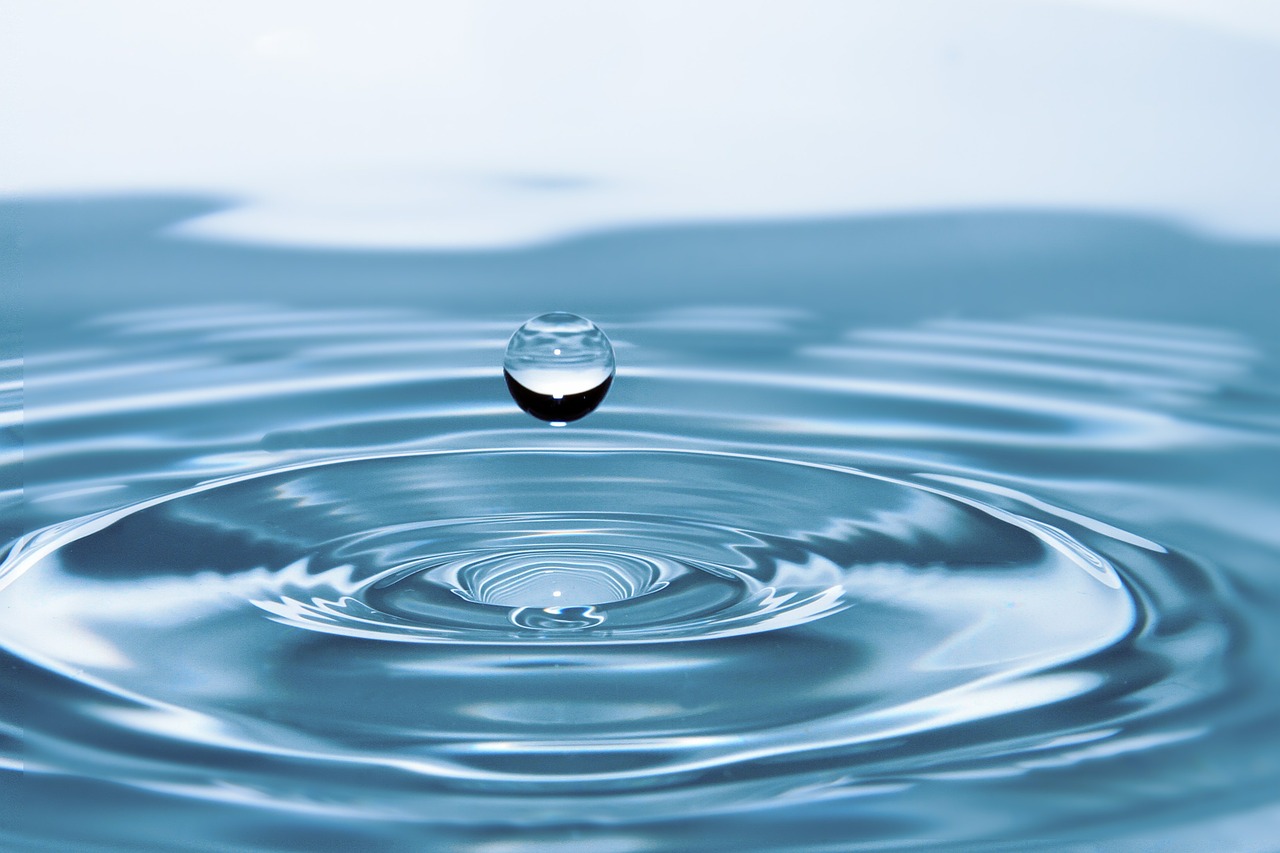By Justin Wallin.
They just might be the most underappreciated entities in California.
Morning, noon and night, water agencies provide every Californian with safe and reliable access to a commodity we can’t live without. And they do it at an average cost of less than two-tenths of a cent per gallon.
No other business – not even in the utility industry — is held to the level of performance expected of our water agencies. Even garbage pickup takes a holiday. Remarkably reliable, Californians treat this ongoing achievement as commonplace. When it comes time for a water agency to pass along the rising costs of service, it can seem that all of this goodwill goes down the drain.
Of course, water agencies, like everyone else, must account for the ongoing increases in the cost of doing business. According to the most recent Consumer Price Index, inflation rose 2.2 percent over the past year. If water agencies are to provide safe and reliable water services, they must account for this increase in the cost of doing business, or jeopardize their ability to serve the public over the long term.
State law requires that water districts notify customers of any rate adjustments through a Proposition 218 hearing. For even the most seasoned water pros, a rate survey is a trying time. It doesn’t have to be.
Here are a few ways that every water agency can prepare for their next Prop. 218 hearing.
1. Audience: Research Your Customers’ Perspective
Any tough governance or policy decision starts with thorough research to understand your customers’ perspective.
Many water agencies are surprised to discover that a majority of residents acknowledge the reality of periodic increases in rates. In our research, we’ve found that a whopping 97 percent of voters consider it necessary for local governments to invest in infrastructure projects.
Research can provide a water agency with necessary data about how their customers perceive the district’s decisions. For example, in many areas, effective conservation measures have curbed expectations about rates. Voters want an explanation for why costs are increasing – as they’re using less water.
2. Assumptions: Don’t Take Support for Granted
If you’ve sailed through your last few rate surveys, it’s easy to take customer support for granted. Beware.
The data whizzes at FiveThirtyEight point out that the average American moves more than 11 times in his or her lifetime. New customers may come from a district with a different method for calculating rates.
Moreover, methodological changes can produce fluctuations for customers at the margins. A small rate adjustment in real dollars could produce a big swing for a handful of customers. These customers are likely to be highly-motivated to take action at your next board meeting.
3. Message: Determine the right language for outreach efforts
Messages make a difference. What is most effective?
Each water district needs to invest in useful research that can provide actionable data for your specific customer base. Your goal is to identify the “mover messages,” those which gain immediate traction and response from a broad coalition of community members and stakeholders.
Always test your messages against opposing arguments. Don’t forget alternative viewpoints, even those that don’t seem fully plausible. With respect to rate adjustments, customers want to know that alternatives, such as seeking grants, internal cost savings and potentially concessions from labor, have been exhausted.
4. Method: Send timely, personalized, and multi-channel communications grounded in data
Gone are the days of snail mail, daily printed newspapers, and the Big 3 TV networks.
Water agencies need to be communicating timely messages that are personalized to each segment of their customer base. That means dedicating resources to targeted communications, designed in the tenor and style for each unique audience.
Millennial households have cut the cord, rarely check their traditional snail mail and get most of their news online. For these customers, social media and online marketing is a must. We regularly find that over one-third of customers get their local news and information primarily from….Facebook. Newspapers and local TV often are – distant – second and third choices.
That doesn’t mean water agencies can go digitally-only. Remember, older customers have spent their entire lives communicating with their utilities in traditional and official channels. They are very wary of identity theft and online scams. Good ole’ fashioned mail, phone, and in-person support remain vital and essential methods of communication.
5. Ongoing Outreach Establishes Credibility
Customer outreach is an ongoing process.
If you’re only communicating during a rate survey, you’re missing out on an important opportunity to build credibility with your customers. Invest in year-round customer outreach that details your agency’s oversight and identifies how their ratepayer funds are being spent.
Create a resume of accomplishments to tell your water story. Strategic public outreach and education should cover:
- Recycled water efforts
- Water supply diversification
- Water supply reliability projects
- Preserving local natural resources
Above all else, water districts must approach their decision-making with thoughtful and actionable data.
[divider] [/divider]
Justin Wallin is CEO of J. Wallin Opinion Research, a national opinion research firm with business, political and government clients.





